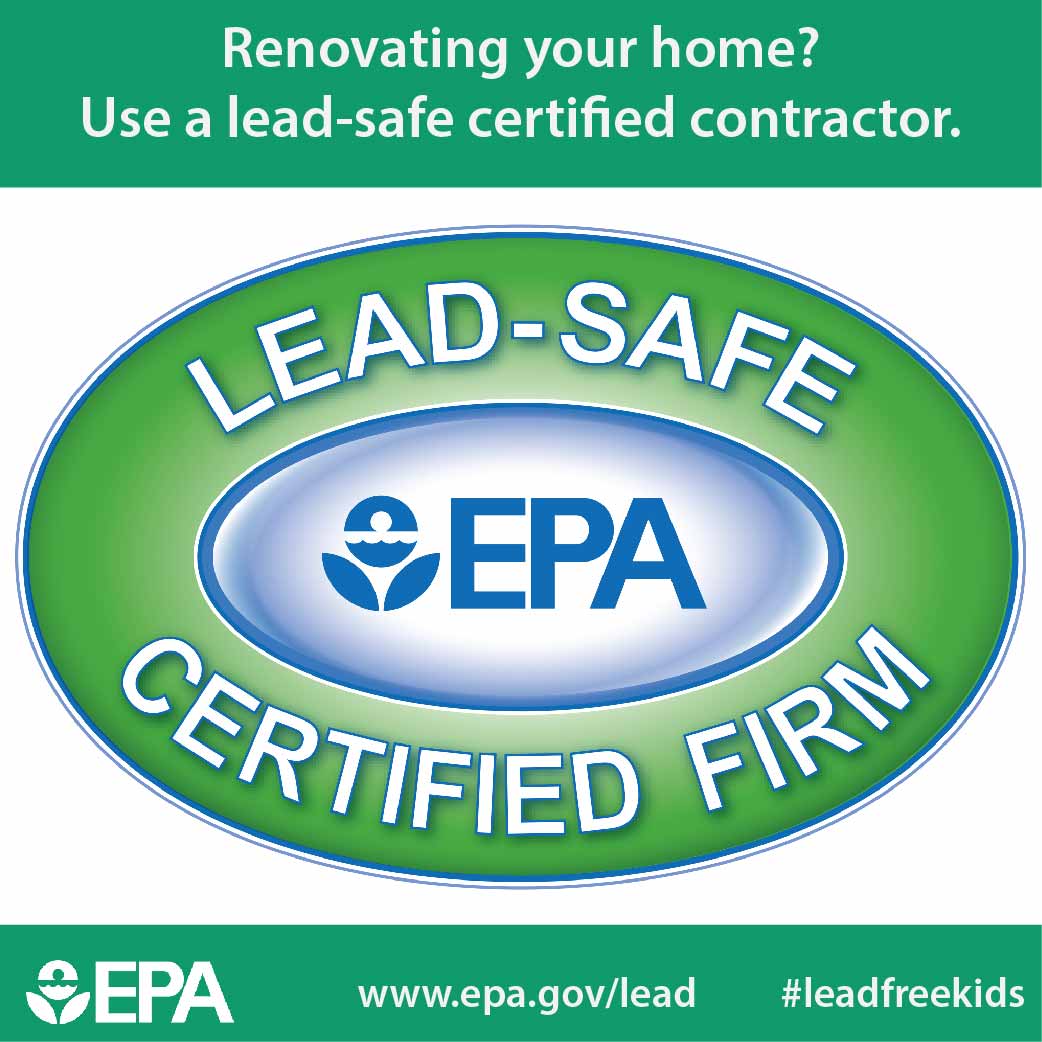Seasonal Considerations For Business Outside Painting: What You Need To Know
Seasonal Considerations For Business Outside Painting: What You Need To Know
Blog Article
Content By-Leach Chaney
When you're planning an industrial exterior painting project, seasonal factors can make or damage your results. You'll want to consider just how temperature level and humidity influence paint application and drying out times. Choosing the appropriate season can guarantee your paint adheres effectively and lasts much longer. But which periods are truly the most effective for this kind of job? Let's discover the key elements that can influence your project's success.
The Influence of Temperature on Paint Application
When you're preparing a business exterior paint task, the temperature can considerably influence just how well the paint sticks and dries.
Preferably, you wish to paint when temperatures range between 50 ° F and 85 ° F. If it's too chilly, the paint may not heal properly, bring about concerns like peeling or splitting.
On the other hand, if it's too hot, the paint can dry out too swiftly, protecting against appropriate bond and resulting in an unequal coating.
You ought to likewise take into consideration the moment of day; early morning or late afternoon provides cooler temperature levels, which can be more desirable.
Always examine the supplier's referrals for the certain paint you're making use of, as they usually supply advice on the perfect temperature level range for optimum results.
Humidity and Its Result on Drying Times
Temperature isn't the only environmental aspect that influences your commercial exterior paint job; humidity plays a considerable role as well. High moisture levels can decrease drying out times considerably, influencing the overall quality of your paint job.
When the air is filled with moisture, the paint takes longer to cure, which can cause concerns like poor bond and a higher danger of mold growth. If you're repainting on a specifically moist day, be planned for extended delay times between layers.
It's vital to keep an eye on neighborhood climate condition and plan accordingly. Preferably, go for should i paint walls and ceiling same color between 40% and 70% for optimal drying.
Keeping these factors in mind guarantees your project stays on track and supplies a long lasting coating.
Best Seasons for Commercial Exterior Paint Projects
What's the most effective time of year for your commercial outside painting projects?
shelf life of unopened paint and very early autumn are commonly your best options. Throughout these seasons, temperatures are light, and humidity levels are frequently reduced, producing perfect problems for paint application and drying out.
Stay clear of summer's intense heat, which can cause paint to dry too promptly, resulting in bad adhesion and coating. In a similar way, winter's cold temperatures can impede correct drying out and curing, running the risk of the longevity of your paint job.
Aim for days with temperatures between 50 ° F and 85 ° F for ideal results. Bear in mind to inspect the neighborhood weather forecast for rainfall, as wet conditions can wreck your task.
Planning around these aspects ensures your paint task runs smoothly and lasts much longer.
Final thought
Finally, planning your industrial external painting tasks around seasonal factors to consider can make a significant distinction in the end result. By organizing job throughout the ideal temperature levels and moisture degrees, you'll guarantee much better adhesion and drying out times. Remember to watch on regional weather prediction and choose the correct time of year-- spring and very early fall are your best choices. Taking these steps will help you accomplish a sturdy and professional coating that lasts.
